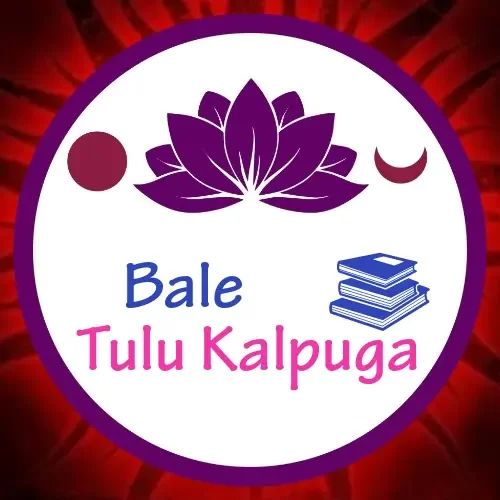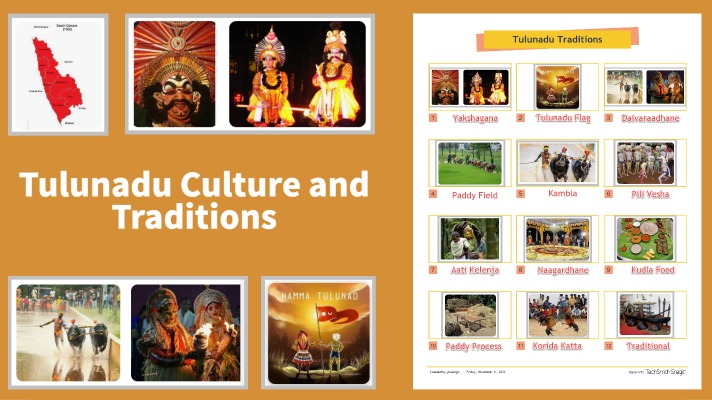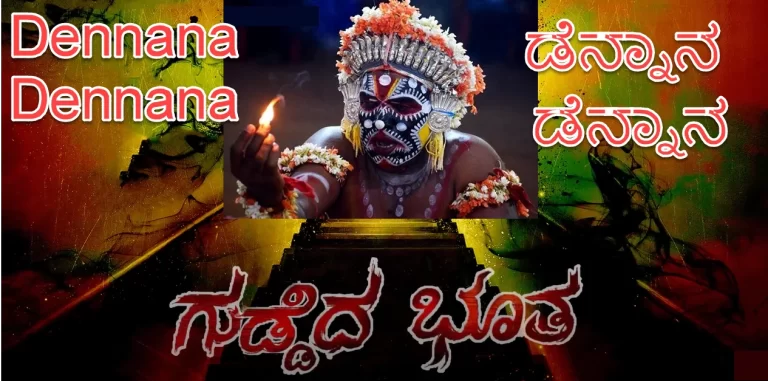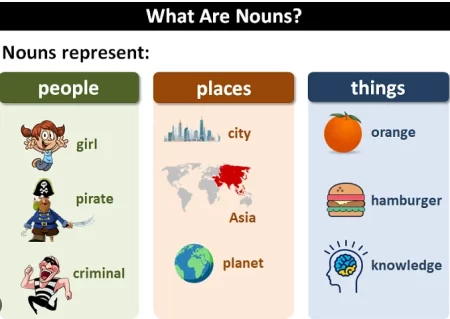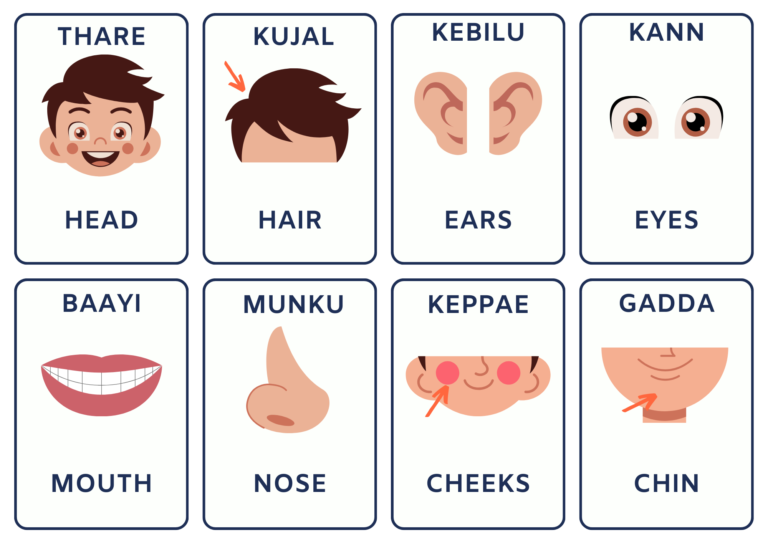Tulu Script How to Read and Write
Tulu Script or Lipi – How to Read and Write
Tulu will be written in Tigalari is a Southern Brahmic script which was used to write Tulu, Kannada, and Sanskrit languages. It was primarily used for writing Vedic texts in Sanskrit. It evolved from the Grantha script. It is called as Tigalari lipi in Kannada-speaking regions (Malanda region) and Tulu speakers call it as Tulu lipi. It bears high similarity and relationship to its sister script Malayalam, which also evolved from the Grantha script.
The oldest record of the usage of this script found in a stone inscription at the Sri Veeranarayana temple in Kulashekara here is in complete Tigalari and Tulu language and belongs to the 1159 A.D. The various inscriptions of Tulu from the 15th century are in the Tigalari script. Two Tulu epics named Sri Bhagavato and Kaveri from the 17th century were also written in the same script.
It was also used by Tulu-speaking Brahmins like Shivalli Brahmins and Kannada speaking Havyaka Brahmins and Kota Brahmins to write Vedic mantras and other Sanskrit religious texts. However, there has been a renewed interest among Tulu speakers to revive the script as it was formerly used in the Tulu-speaking region. The Karnataka Tulu Sahitya Academy, a cultural wing of the Government of Karnataka, has introduced Tulu language (written in Kannada script) and Tigalari script in schools across the Mangalore and Udupi districts. The academy provides instructional manuals to learn this script and conducts workshops to teach it.
Historical use of Tulu Lipi
Thousands of manuscripts have been found in this script such as Vedas, Upanishads, Jyotisha, Dharmashastra, Purana and many more. Most works are in Sanskrit. However, some Kannada manuscripts are also found such as Gokarna Mahatmyam etc. The popular 16th-century work Kaushika Ramayana written in Old Kannada language by Battaleshwara of Yana, Uttara Kannada is found in this script.
Mahabharato of 15th century written in this script in Tulu language is also found. But earlier to this several 12th-13th century Sanskrit manuscripts of Madhvacharya are also found. Honnavar in Uttara Kannada District is known for its Samaveda manuscripts. Other manuscripts like Devi Mahatmyam, from the 15th century and two epic poems written in the 17th century, namely Sri Bhagavato and Kaveri have also been found in Tulu language.
Tulu Writing Video Series from Daijiworld
Video Courtesy: Daijiworld Television
Bale Bareka Tulu Padavu Series 1-22
Video Courtesy: Daijiworld Television
How to Use Tulu Lipi font in Android Phones, iPhones and Tulu Lipi Stickers in WhatsApp using Pixel Lab and Sticker.ly to Write Tulu Lipi
Check the category Tulu Traditions for more
Visit Our Sponsors: Mangalore Taxi and Udupi Taxi
Video Courtesy: KARTHIK K N
